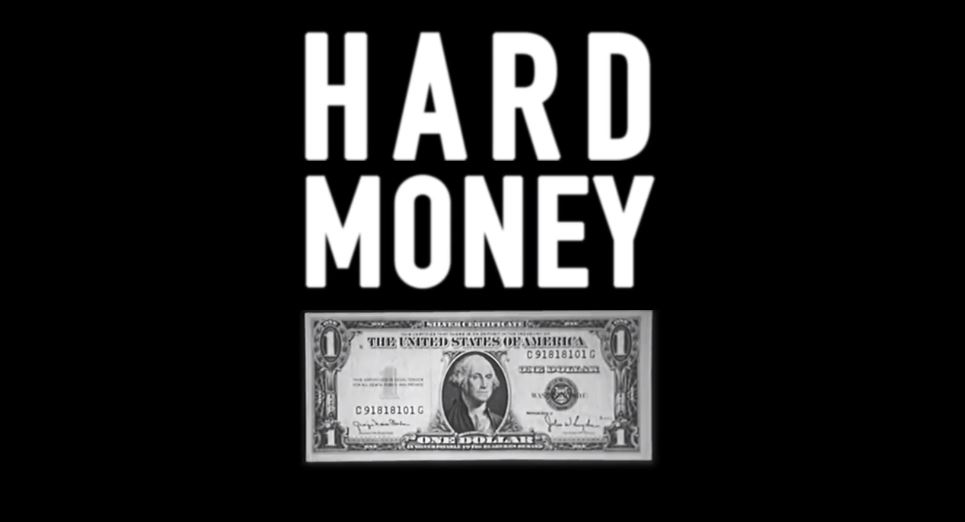Bitcoin-only director Richard James’ documentary on the recent history of inflation, “Hard Money,” uses stock images and anonymous narrators to weave the film. One of them qualifies the tweaking of the money supply as “the greatest con in human history.” Another one compares the Fed to the Wizard of Oz. The voices are familiar. You feel like you heard some of these clips before. When the credits roll, you realize the narrators were the creme of the cream of the Bitcoin thinkers.
The “Hard Money” documentary could be considered a condensed version of the first few chapters from Saifedean Ammous’ “The Bitcoin Standard.” The first book we’re reading in the Bitcoinist Book Club. In the documentary, you can actually see Keynes celebrating the gold standard’s supposed collapse and saying that the public “must not allow anyone to put them back in the gold cage.” In contrast, you can read Ludvig Von Mises’ quote: “The gold standard did not collapse. Governments abolished it in order to pave the way for inflation.”
Related Reading | Buy Bitcoin: Rich Dad, Poor Dad Warns Of “Worlds Biggest Crash”
Watch the “Hard Money documentary and you’ll be able to answer these questions: Why was gold chosen as the premier form of hard currency? What were gold’s “severe flaws”? What is inflation and how does the government hide it? How breaking the relationship between the Dollar and gold broke the relationship between the market and reality. What is low and high time preference? What does fractional reserve banking create? Why are the institutions that issue debt effectively printing new money?
Seven Things We Learned From The “Hard Money” Mini Documentary
- In 1913 the Federal Reserve introduced The Fed Dollar. Please note that “It’s not the Dollar that is defined by The Constitution. It’s a note that’s issued by the Federal Reserve.”
- In 1971, Nixon said: “To suspend temporarily the convertibility of the Dollar into gold.” A new era started that day. The era of Fiat currencies.
- Since the Government can create money and fund everything they want with it, they don’t actually need taxation. They keep collecting tax as a control mechanism, “as a means to engineering society.”
- Since 1970, in the West, saving rates have collapsed down to zero. “In this monetary system, it makes no sense to save money when your money is going to lose its value. Everybody borrows for their car, their home, their weding.”
- The Cantillon Effect is when central bankers use financial assets to introduce more fiat money into the system.
- Who are the most benefited by inflation and money printing? The friends and family of the central bankers, the people closest to the money supply.
- Sound money means there’s a limit to how much you can confiscate from the people. Governments know that. “The very survival of what is the political status quo. The very survival of what we think of as the role of government in society depends on not having sound money.”
BTC price chart on Bitstamp | Source: BTC/USD on TradingView.com
Conclusion And Credits
Basically, money printing is a hidden tax and it has paid for wars and incompetency. However, hear Ron Paul’s prediction, “The Fed’s going to self-destruct eventually, anyway.” As the credits roll, we realize that the previously anonymous narrator voices belong to the likes of Dan Sanchez, Robert Breedlove, Saifedean Ammous, Preston Pysh, Jimmy Song, Ben Prentice, Guy Swan, and several others.
Related Reading | Ethereum Founder Gets Involved In Documentary About Ethereum
However, who said “The 20th Century was the Centutry of politicians and governments taking advantage of the printing press?” There’s no way of knowing that. And maybe that’s for the best.
Featured Image taken From The Documentary | Charts by TradingView
